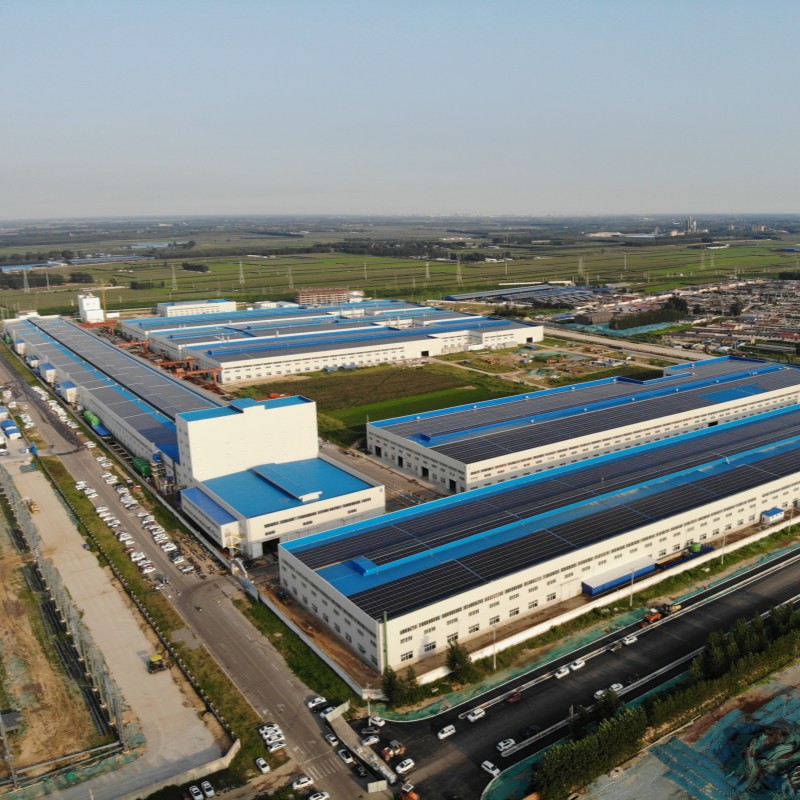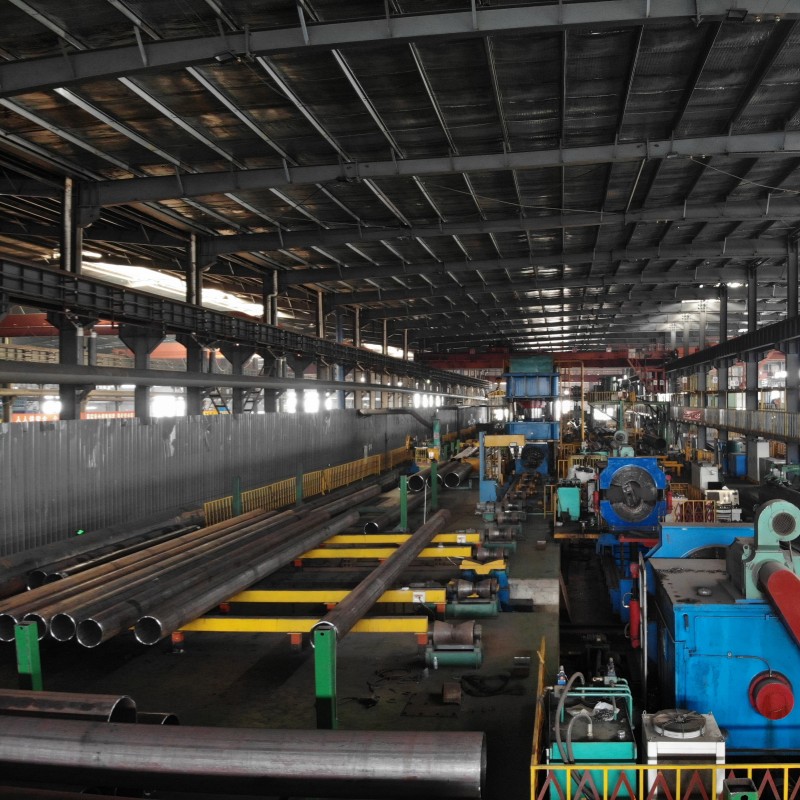
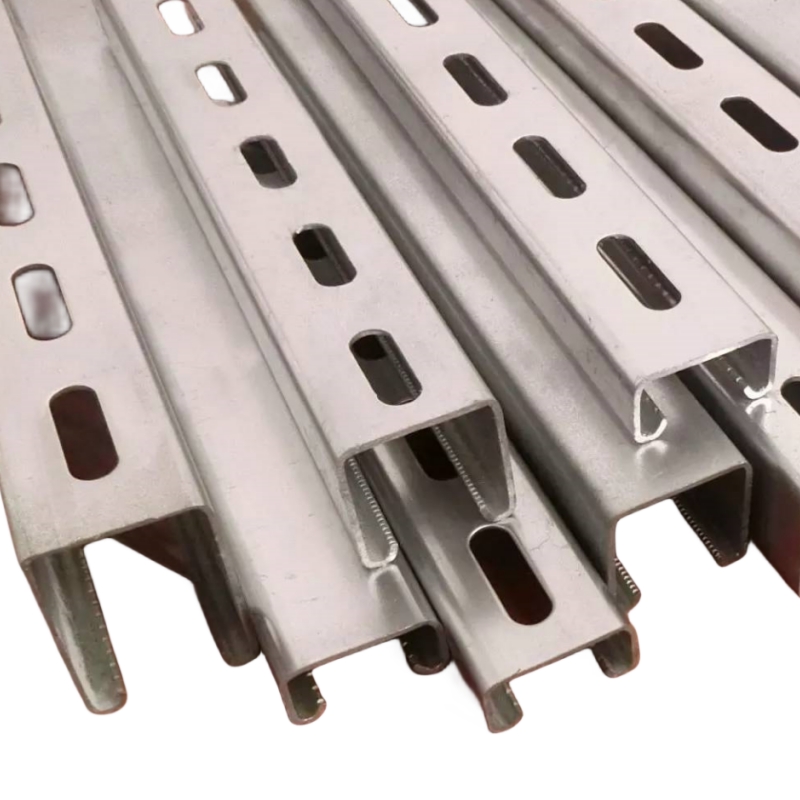
Steel grade: S350\S420\S450
Processing: Ordinary processing and custom processing are available
Other accessories or requirements can be ordered.
Product Details:
Item | Zinc Aluminum Magnesium Solar Photovoltaic Support |
Surface Treatment | Galvanized zinc aluminum magnesium |
Steel grade | S350\S420\S450 |
Processing | Ordinary processing and custom processing are available |
Terms of payment | L/C, T/T |
Delivery | 7-30days |
Supplying BV or SGS Inspection if the client needs it. Other accessories or requirements can be ordered. | |
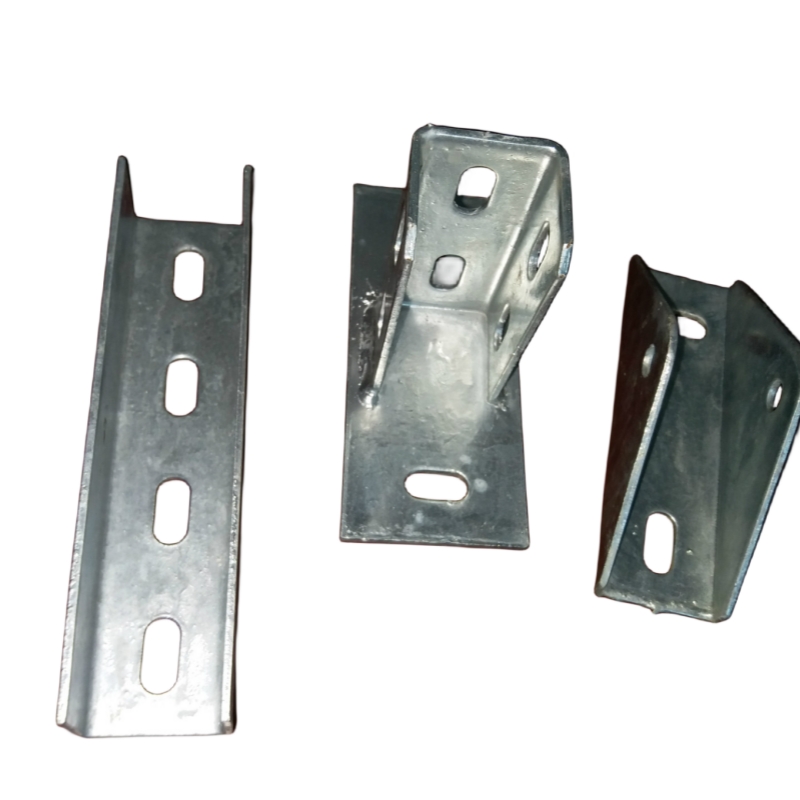
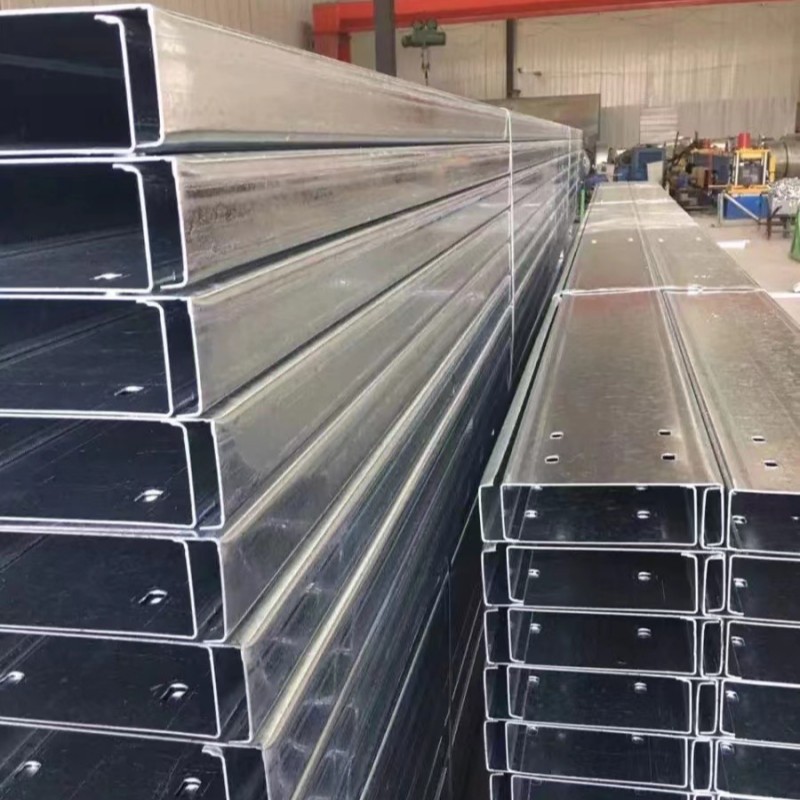
System installation Solar PV Mounting Brackets structural design and key technology selection
The photovoltaic installation bracket must first ensure that it is suitable for the installation occasion, and should be as organically integrated with the installation environment as possible. While ensuring that the installation is firm, reliable, and stable, it should be as beautiful as possible.
1 Applicability requirements
As mentioned earlier, photovoltaic systems can be installed in a variety of situations, different situations, and environments, and even the same type of installation system will require different installation structures according to different roof structures, surrounding environments, weather information, etc. Therefore, it is necessary to install Detailed site surveys on-site to design the structural form that best matches the photovoltaic system.
2 Strength, stiffness, stability, and reliability requirements
The structural design should meet the requirements of strength, stiffness, and stability, and the design service life should not be less than 25 years. Reliability directly affects the power generation of the system and thereby affects investment returns, and the 25-year service life puts higher requirements on the reliability of the system, which requires the system to survive severe weather such as storms, snowstorms, and even natural disasters such as earthquakes and floods. It can still operate stably and reliably. At the same time, problems such as premature aging of materials and serious corrosion must be avoided. The strength, stiffness, and stability design of the installation structure must be designed according to the most unfavorable situation among the load effect combinations (self-weight, wind load, snow load, maintenance load, etc.).
3 Power generation guarantee and economic requirements
In the design of photovoltaic systems, the installation inclination and spacing of components are two very important parameters, which directly affect the power generation of the system. The installation inclination angle and azimuth angle are generally determined by the latitude of the location and the characteristics of the installation site. The installation inclination angle and spacing are generally designed based on the principle that components are not blocked from 9:00 to 15:00 on the winter solstice.
4 Building safety requirements
The following issues need to be paid attention to during the design and construction process of photovoltaic systems installed on building roofs: (1) The bearing capacity of the building needs to be calculated to confirm whether it can be installed or needs to be reinforced before installation; (2) Damage to the roof should be avoided If the original waterproof layer is damaged, it needs to be re-waterproofed to ensure that there is no leakage problem. In the design, priority should be given to a form that does not damage the roof; (3) Photovoltaic arrays should avoid being installed across expansion joints, settlement joints, and deformation joints of the building. To avoid component leakage, falling off, and other failures caused by deformation and displacement of the building; (4) When photovoltaic modules are installed as balcony enclosures, they need to meet the requirements of relevant building regulations. For example, the balcony railings of mid-rise and high-rise residences should not be less than 1.1 m; (5) When installed parallel to the roof, sufficient ventilation and heat dissipation gaps should be left. Poor ventilation and heat dissipation will affect the power generation of the system; (6) The design and selection of photovoltaic installation structures should consider the safety of construction. and convenience, especially at high altitudes and complex rooftop installation systems that require special consideration.
Our factory:

